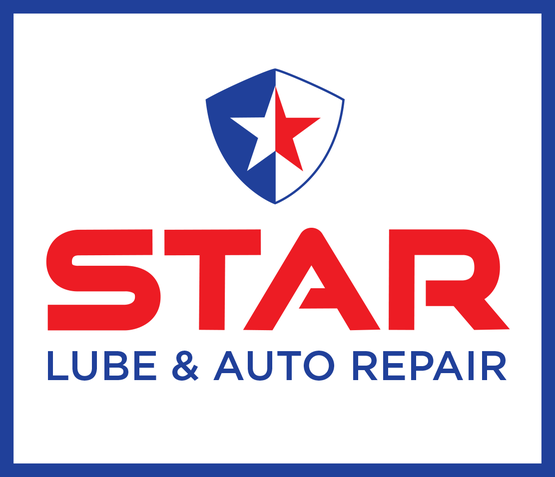Flat Tire? Three?s the Charm (Tire Repair)
November 17, 2024
For most drivers, at some point you’re going to have a flat tire. Depending on how it was damaged, it may have to be replaced. But sometimes, a repair will do the trick, as long as the puncture isn’t on the sidewall and the hole is smaller than ¼ inch/6.35mm in diameter. Here are the three common ways your tire can be fixed.
One way is to put a plug in the hole. Since most tires are damaged by running over sharp objects such as screws and nails, the small hole from which the air is escaping is on the part of the tire that touches the road. If it’s in the sidewall, it most likely can’t be fixed.
In the plug method, a technician inserets a rubber plug. It is covered with some sticky, gluey stuff, and is pushed into the hole from the outside. That plugs the hole and stays in place, thanks to the glue. Friction from driving heats it up and seals the deal.
Another method is to patch the hole. For this, your tire has to first be taken off the vehicle, then off the rim so the technician can get access to the inside. There, they’ll clean the inside surface around the hole and apply a rubber patch with an adhesive on it. This type of patch works well, and because of the extra steps and complexity, costs more than having your tire plugged.
There’s also a combination of those methods just described, the plug-patch. It is, in essence, a type of patch with glue on it that has a plug sticking out of it. The plug is inserted into the tire from the inside and pulled through the hole from the outside, drawing the attached patch tight against the tire’s inside surface. The last two methods can’t be used if the hole is near another repair or the sidewall.
The good news is if it’s fixed properly, your repaired tire should give you good service.
Star Lube Centerton
550 W Centerton Blvd
Centerton, Arkansas 72719
479-795-1060
http://www.starlubecenterton.com
Need Service?
More articles from Star Lube & Auto Repair

Alleviate the Creaks and Squeaks (Chassis Lubrication)
April 20, 2025
If your vehicle creaks and squeaks when you drive down the road, it may mean that some of the metal parts are rubbing against each other and need to be lubricated. Those could be parts of the suspension, steering system and the drivetrain. Years ago, most vehicles had to have their chassis (wha... More

A Fluid Situation (Check Fluid Levels)
April 13, 2025
There's one fluid in your car you are always careful to keep at a certain level: the fuel. If you don't have fuel, you're not going anywhere. Your vehicle has other fluids which are vitally important to proper and safe operation, too. So, here's a "level" headed approach to those "other" fluids... More

The Daily Grind (Grinding Noise)
April 6, 2025
If your vehicle makes a grinding sound when you turn the steering wheel, it's speaking to you. No, really, it is. So listen to what it's saying and you could avoid a much more costly repair down the road. A grinding sound coming from the front of your vehicle when you are turning can offer some... More









